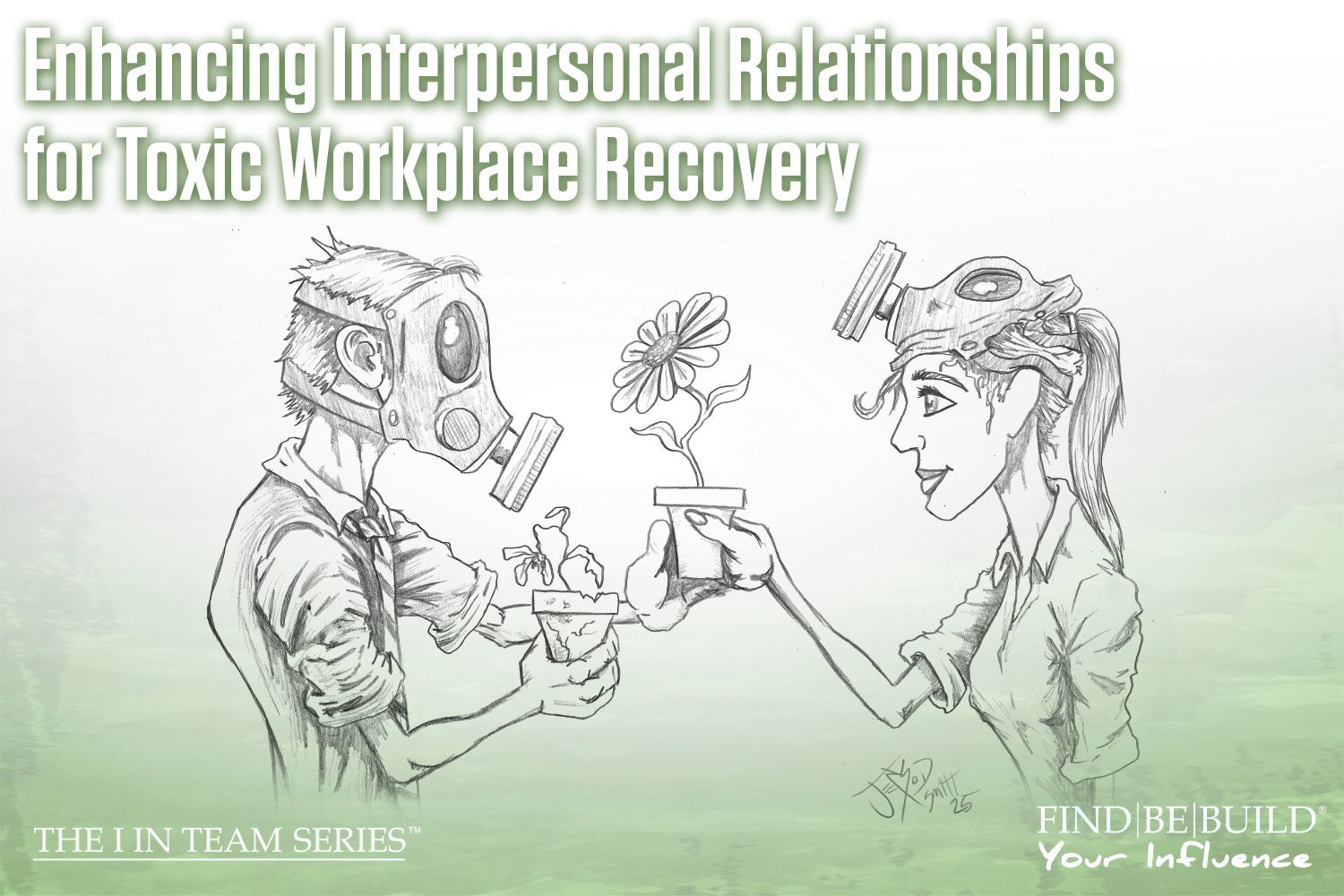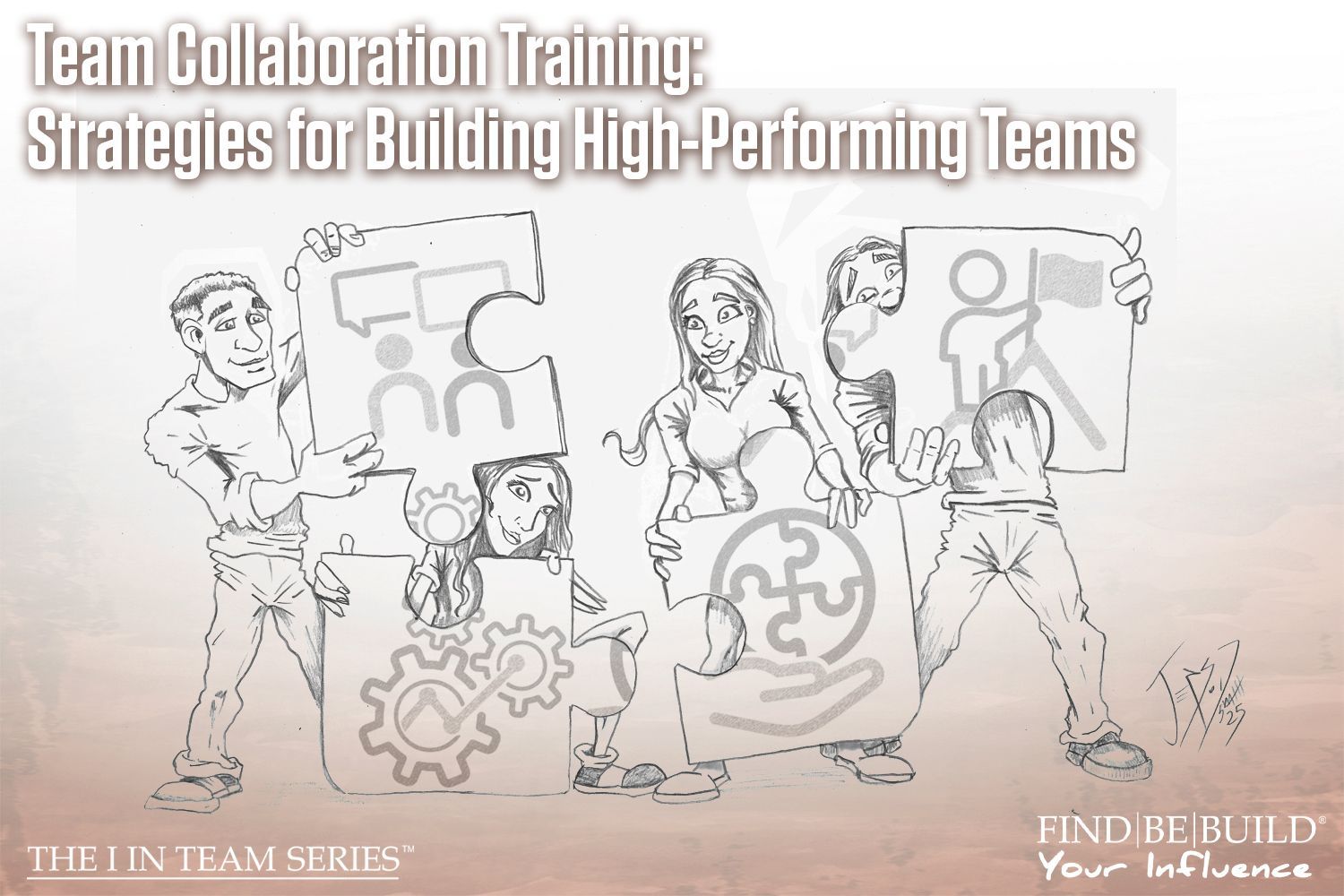Productivity problems persist for HR with hybrid workplace ‘fauxductivity’

Hybrid workplace consulting
Productivity and what it actually looks like came into heightened focus during the pandemic and age of remote work. Now, with a majority of workers back in offices in hybrid arrangements, productivity problems have yet to resolve themselves, and instead are evolving as workers try to look busy both at home and in offices.
Half of managers still believe their staff are engaging in “fauxductivity” — or faking activity and pretending to work while on the clock, according to a new survey from Workhuman including responses from over 3,000 full-time employees in the U.S., U.K. and Ireland.
While 70% of workers say they aren’t pretending to work, interestingly 40% of managers said they themselves are engaging in faking productivity.
Experts say a lack of clear metrics for most roles can make productivity itself tricky to gauge and accordingly difficult for managers to set clear expectations. But other factors like cultures where there is a lack of recognition and acknowledgement within the company hierarchy for the work being performed also drive this.
“Hybrid work is having unintended consequences I think for both in-person and remote workers, in that it's still all about being seen."
- Wende Smith, head of people operations at HR platform BambooHR
“I think that leaders or managers set themselves up for this because they don’t clearly define what they want done in this hybrid environment, so it can lead to more anxiety about what people are doing in the time that they’re not visible, because there’s not really a clear understanding of what work is being done where,” said Brian Smith, an organizational psychologist.
Productivity theater, “fauxductivity”, or whatever you want to call the idea of performatively being busy, looks a bit different in fully remote vs. hybrid environments. But the majority of both remote (88%) and in-office (79%) workers say they take actions to prove they’re online and working, according to a report from Bamboo HR.
For remote workers, that might include keeping messaging apps like Slack open to show an “active” status, participating in social conversations on company-wide Slack channels and even scheduling emails to send at a different time, according to that report.
For in-office workers, that looks like walking around the office so coworkers can physically see them, planning meetings with others in the office and showing up to the office earlier or leaving after their manager.
That survey also found that over 40% of employees feel like they’re going to the office solely for the purpose of being seen by their bosses. Meanwhile about 30% of remote or hybrid workers said they too make a more conscious effort to demonstrate their online presence more visibly since their company issued RTO policies.
“Hybrid work is having unintended consequences I think for both in-person and remote workers, in that it’s all about being seen,” said Wende Smith, head of people operations at human resource platform BambooHR.
Organizations struggling with widespread “fauxducivity” can address the issue first by having managers set clearer expectations for individual employees’ performances. In roles like sales or manufacturing, numbered quotas are typically used, but that doesn’t work in most other roles.
“I think the best measurement is to set people up ahead of time with their expectation and what their workload is and, as they grow in their position, you learn what they can do and you can either add or take away from a person’s ability,” Brian Smith said.
“Productivity ultimately is the responsibility of the manager of the team. And historically, managers use physical presence as a crutch and correlate presence with productivity."
- Rob Sadow, CEO and co-founder of hybrid team enablement platform Scoop Technologies.
The transition to hybrid work has exposed a lack of manager training in this area, said Rob Sadow, CEO and co-founder of hybrid team enablement platform Scoop Technologies. “Productivity ultimately is the responsibility of the manager of the team. And historically, managers use physical presence as a crutch and correlate presence with productivity,” Sadow said.
Hybrid work is “uncovering is a skill set gap for a lot of managers in being able to define what is the expectation for an employee, and what does it mean for them to be productive or not and that’s really, I think, what’s manifesting in this ongoing productivity paranoia.”
It’s a challenge people leaders hope to work through in the coming years. “It’s really focusing on the outcomes and not on the behaviors,” Wende Smith said.
“From the people operations perspective, what we really want leaders to focus on are outcomes and business results, so having really clear expectations, and having really clear deliverables,” she said. “It’s less about your green status if you’re remote, or your visibility if you’re in the office, because I’m measuring you against the expectations that I’ve set forward clearly for you,” she said.












